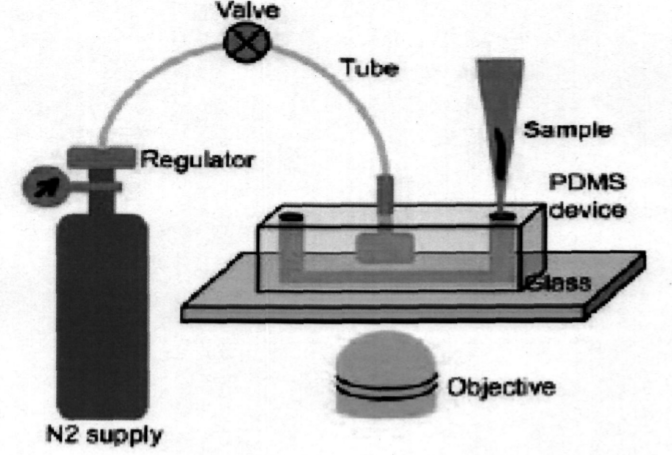BACKGROUND
DNA damage is central to chemical carcinogenesis and occurs due to continuous exposure to various endogenous and exogenous genotoxic agents. Different carcinogens create a variety of metabolites, which can form significant modifications (adducts) in the DNA strands. Such DNA adducts have the potential to inhibit the DNA replication process. The presence of these adducts leads to the recruitment of pathways and molecules that serve to neutralize their deleterious effects on replication and remove them from the genome. Failure to neutralize the deleterious effects of the damaged nucleotide can lead to genetic instability, which generally leads to the death or oncogenic transformation of the cell.
DNA can be used as an agent that binds to ligands with high specificity. DNA modification helps improve its stability against nucleases, specificity to targets, and reduces immunostimulatory properties. Scientists at National Centre for Biological Sciences and the Indian Institute of Technology, Bombay have synthesized a compound named N2-furfuryl deoxyguanosine (dG) Phosphoramidite. This compound can be incorporated into oligonucleotides to obtain a modified DNA. DNA containing N2-furfuryl dG modification offers many potential therapeutic applications.
APPLICATIONS
N2-furfuryl modified oligonucleotides may find application in regulation of gene expression, for studying structural and functional properties of Y-family polymerases, and for cross-linking of nucleic acids.
ADVANTAGES
- A quick and improved process for preparing deoxyguanosine phosphoramidite by utilizing fewer amounts of reagents with simple purification steps.
- The process is advantageously scalable to satisfy the requirements of industrial production.
- The process eliminates the need for time-consuming and labor-intensive chromatographic purification steps and keeps undesired racemization at acceptable levels.
IP STATUS
Indian patent IN295309 granted.



